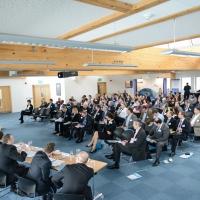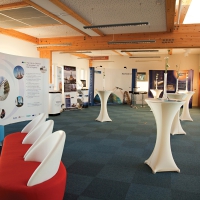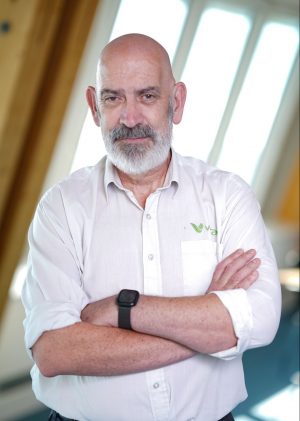NESO has opened a three-week evidence window for projects holding a UK grid connection agreement, kicking off a sweeping reordering of Britain’s 738GW connections queue.
The process, launched on 8 July and running until 29 July, marks the first practical step in NESO’s plan to scrap the first-come, first-served system that has allowed unviable and speculative ventures to block ready-to-build wind, solar and storage schemes.
More than 5000 projects must now submit detailed evidence packs to demonstrate construction readiness and strategic value if they wish to keep a near-term place in the queue.
Applications will be assessed against criteria set out in NESO’s connections reform evidence handbook and allocated to one of two streams.
Projects judged shovel-ready and aligned with the government’s Clean Power 2030 ambition will receive confirmed modification offers, including updated energisation dates, site data and reinforcement requirements.
Schemes failing to meet the new bar will be issued provisional deferred offers with no firm connection date. They may re-apply in future biannual windows or withdraw from the process.
Projects that do not file evidence by the deadline will automatically fall into the latter category.
NESO chief operating officer Kayte O’Neill said opening the window was a key moment in the “once-in-a-lifetime transformation” of the electricity network.
“By prioritising agreements for projects that are critical and shovel-ready, developers will get the certainty they need to support investment decisions,” she said.
The operator said the queue has grown tenfold in five years and now totals four times the generation capacity required to meet the 2030 clean-power target.
Only around 170GW of the projects currently seeking access are expected to be needed this decade.
Reforming the queue is central to the government’s Plan for Change, which aims to unlock up to £40bn a year of private investment and double onshore wind capacity alongside rapid deployment of other renewables.
Energy minister Michael Shanks called the evidence window “a milestone in our work to overhaul the connections queue and unleash ready-to-go clean power projects”. He urged developers “to demonstrate that their projects are ready to progress”.
NESO intends to publish the list of successful projects from September and begin issuing revised connection offers in the autumn, starting with schemes due online in 2026–27.
The operator said it aims to have updated contracts in place for every project needed to meet the 2030 target by early next year.
Projects connected at transmission level, and large embedded generators, must submit evidence directly to NESO, while smaller distribution schemes should file through their distribution network operator.
Ofgem deputy director of strategic planning and connections Jack Presley Abbott said the reforms would “cut back red tape and fast-track ready-to-go home-grown clean power projects”, supporting everything from housing and hospitals to EV charging and data centres.
NESO stressed that complete and accurate submissions are essential for a full and fair assessment.
O’Neill said the process would also give confidence to consumers that the power system can deliver clean and stable electricity for the long term.
Source: reNEWS.BIZ












